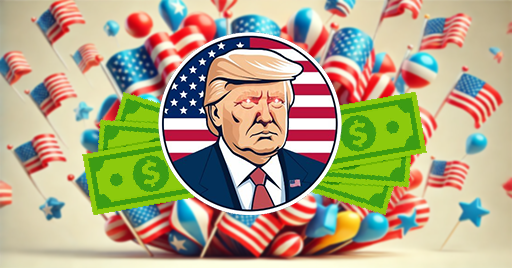One of my daughters is entering her sophomore year of high school this Fall. At her school, a Personal Finance class is a requirement for graduation — and I couldn’t be happier.
I firmly believe that every student should undergo mandatory financial literacy education regardless of their career aspirations. Whether you’re destined to lead a manufacturing empire, plan to join the service industry, run your own business or aspire to help a nonprofit meet its mission through volunteer work, understanding basic finances is non-negotiable.
Fortunately, my daughter’s school is ahead of the curve. But what about other schools? Currently, only 25 states mandate a stand-alone personal finance course for graduation. Some states integrate financial education into existing courses, while others leave the topic alone and rely on students or young adults to figure it out on their own — 50% is just not high enough to create a winning outcome for our children.
The good news is that change is on the horizon. As one example, Legislation in Florida aims to make personal finance education a statewide requirement in public schools, a move that will set a promising precedent for the rest of our nation. As we anticipate the ripple effects of this initiative and those of other progressive states and school boards, it’s important to recognize the urgency of equipping our youth with financial literacy skills. From understanding the value of money to mastering the art of budgeting, the benefits extend far beyond the classroom.
With the world going digital, traditional concepts like balancing a checkbook may seem archaic to today’s youth. Nevertheless, finance fundamentals remain crucial. After all, overspending on Apple Pay or Venmo when your account balance falls short is a harsh reality check, regardless of the platform. Just because you have it today doesn’t mean it should be spent if you have expenses on the horizon.
6 components of a strong finance curriculum
Creating a curriculum on personal finance is about bringing key financial concepts into the context of students’ lives, making the concepts relatable and empowering students to take charge of their financial future. Are you an administrator looking to create such a curriculum, or are you a parent like me who wants more financial literacy education for your child? Either way, consider the following tips for creating a curriculum at school or at home:
1. Make it real and practical. When teaching financial literacy, you should focus on what matters or is relatable to each student/child. For example, do they dream of owning a car, a new game or a particular piece of sports equipment? You can help them break down the components — the car itself, insurance, gas, maintenance, repairs — all the considerations that come with vehicle ownership. Then, talk with them about how much each costs for the month, week or even the day. As you make them more granular, it will help them realize the cost per day or how much they need to save each day to have the money available to buy what they want or continue paying for the operating costs of their purchase. By bringing these examples to life, you can help them grasp the concept of budgeting and saving for specific goals.
2. Break down the basics. The truth is, if you want something, you have to earn it. It’s a fundamental principle that needs to resonate with every child. Whether they’re eyeing a new phone, a trendy outfit or the latest PlayStation gaming system, the first step is understanding the cost and effort required to attain it. Make it tangible by illustrating scenarios like saving up for a $450 console while earning $14 per hour. Add in the tax factor as well — how long will it take to reach that goal?
3. Employ technology. Using technology can be a game-changer. Take the Greenlight app, a debit card designed for kids and teens. Features like flexible parental controls and real-time notifications introduce the concept of earning money and setting goals in a structured way. Whether it’s earning rewards for completing tasks or understanding the value of each dollar earned, technology can provide the scaffolding needed for financial education. Since most children like electronics, this can be a great way to engage them in the “gamification” of money management.
4. Use relatable terms and examples. Interest rates and compounding may seem like complex topics, but they’re also essential for students to grasp. By explaining these concepts in relatable terms and providing practical examples, students can understand how their money can grow over time. Introducing them to the basics of stock and capital markets further expands their financial literacy toolkit.
5. Go beyond the classroom. Bringing financial education to life goes beyond the classroom. Events like the Children’s Business Fair in Daytona Beach offer hands-on experiences where kids run their own businesses. From setting up a stand to handling transactions and making change, these experiences instill invaluable entrepreneurial skills and a deeper understanding of financial concepts.
6. Help them reverse engineer their financial needs. One of financial literacy’s most significant aspects is learning how to plan ahead. By reverse engineering their financial needs — whether it’s saving for college expenses or budgeting for everyday essentials — students can develop a proactive approach to managing their finances. By walking them through real-life examples and creating scenarios in the curriculum, you can empower them to navigate the complexities of personal finance with confidence.
Building life skills
It’s time to advocate for financial literacy classes as part of our children’s education. Even if their school doesn’t offer a class (yet!), consider an online course or local programs if you don’t feel comfortable teaching these concepts yourself. Whether they’re graduating seniors or just starting out, now is the time to invest in their future financial well-being. Let’s empower them to make informed decisions and build essential skills for life. This investment will pay dividends for many years.







